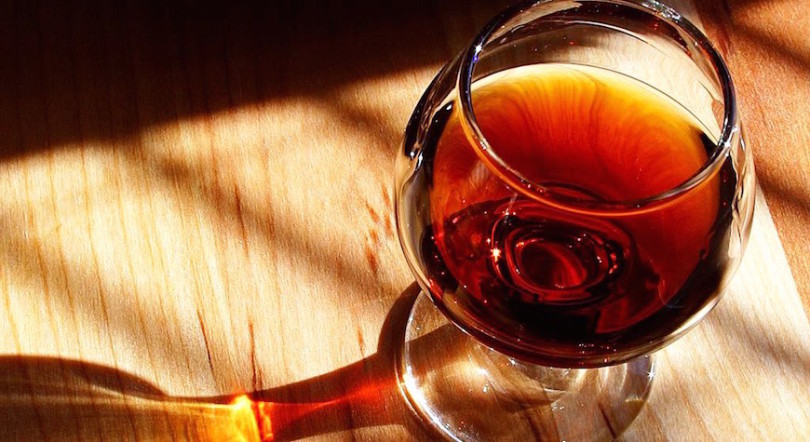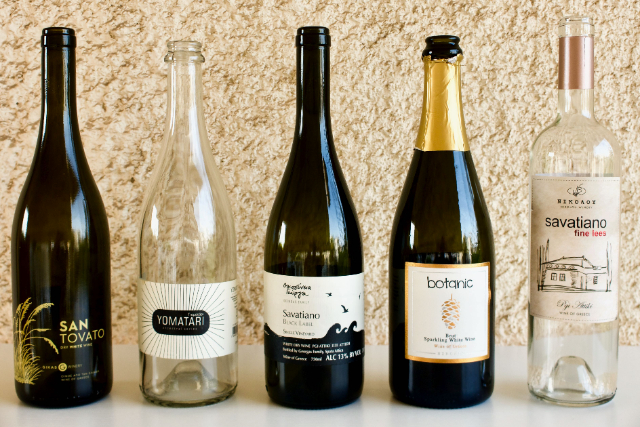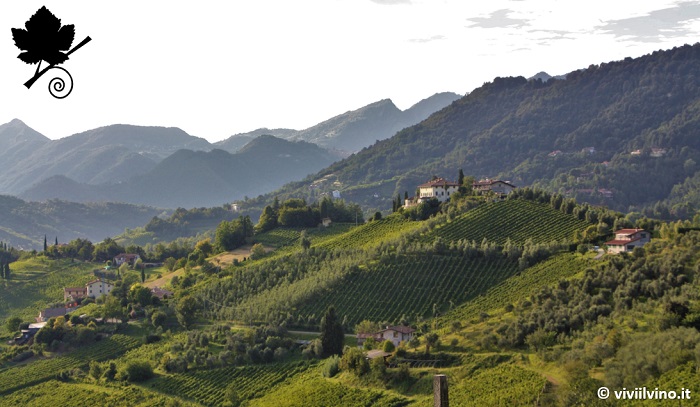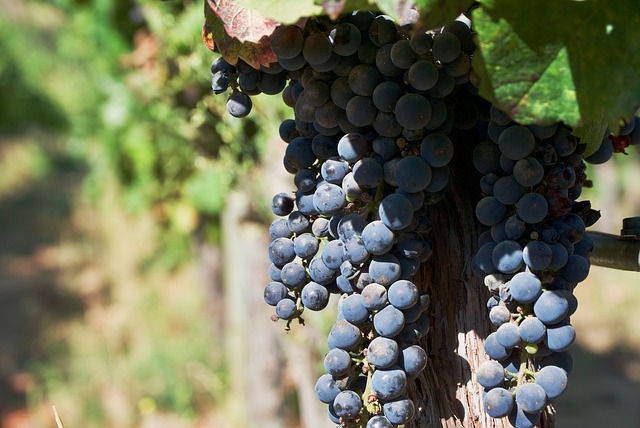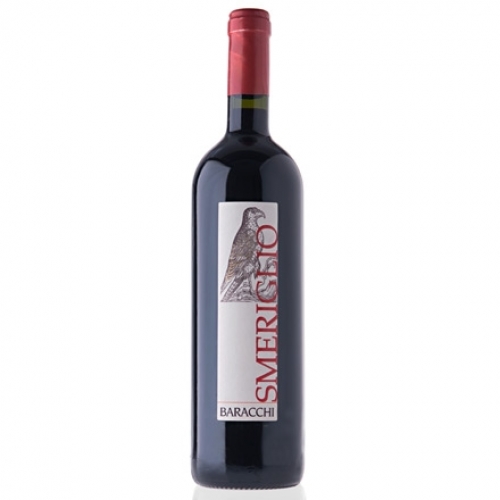The origins of this brand and its products are ancient.
It is said that back in 1773 the English merchant John Woodhouse docked in Marsala and tried the local wine. The taste of that drink was distinctive. Very similar to those Spanish and Portuguese wines that England imported in truckloads. This was probably due to the particular aging technique of Marsala. In fact, the locals used to top up the barrels that contained some of the wine consumed during the year with the newly produced wine, so as to preserve its characteristics. This process was called "in perpetuum."
For Woodhouse, it was love at first sip and he decided to board about fifty barrels. However, the English boozer added wine brandy in order to raise its alcohol content and preserve its characteristics during the long sea voyage.
Needless to say, the (cheaper) Sicilian wine was a great success in England, so much so that Woodhouse decided to return to Sicily and begin its production and marketing, using the soleras method for aging. The soleras method was a process already known in Portugal and Spain where it was used for the production of Port and Sherry, respectively.
Oak barrels were placed in a few rows on top of each other and began by filling only the topmost barrels.
Exactly after a year some of the wine would be decanted into the lower casks and into the ones above would be put the newly produced wine. Each year the procedure was repeated.In this way the wine in the lower casks was enriched year after year with different flavors and aromas due to the grapes from different vintages.
In 1833 a Palermo entrepreneur, Vincenzo Florio, began to compete with English companies and founded the Florio winery. Twenty years later the production of Marsala wine of all-Sicilian origins and credibility surpassed that produced by Woodhouse, although Ingham & Whitaker still continued to look down on the Florio company.
But the Palermitano’s next step was to buy the Woodhouse plant and overtake Ingham & Whitaker as well. This was the era of the birth of many local producers such as Don Diego Rallo (1860), Vito Curatolo Arini (1875) and Carlo Pellegrino (1880).
In 1920 Cinzano acquired the Florio cellars and several factories, unifying production under the Florio brand.
Unfortunately, those were the years of the Great War, and the city of Marsala and its wine went through a bad time. Counterfeits continued to discredit the prestigious brand, and the company’s economic resources were increasingly stretched thin.
That is why around 1931 the first steps were taken to legally protect Marsala wine from imitations. The government itself protected it with a decree by the then ministers Acerbo and Bottai (Ministerial Decree October 15, 1931).
Marsala wine was the first DOC wine in Italian wine history, in 1969.
